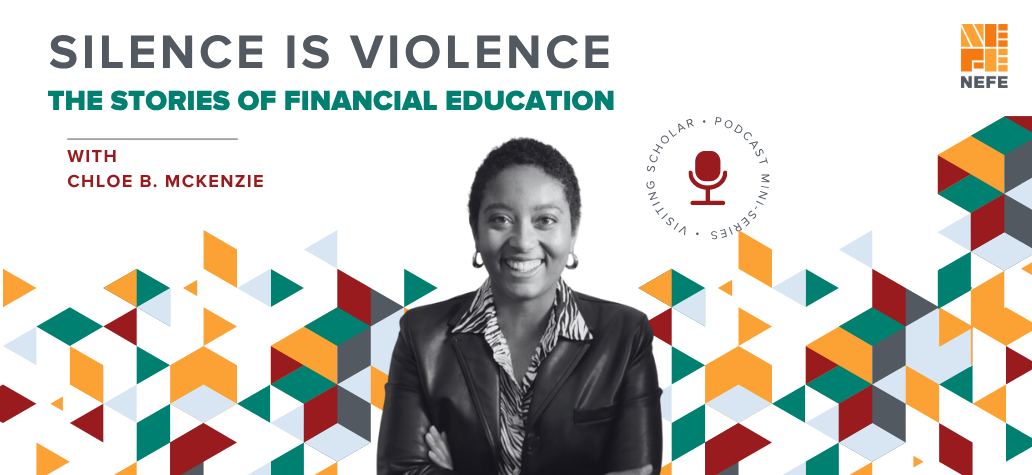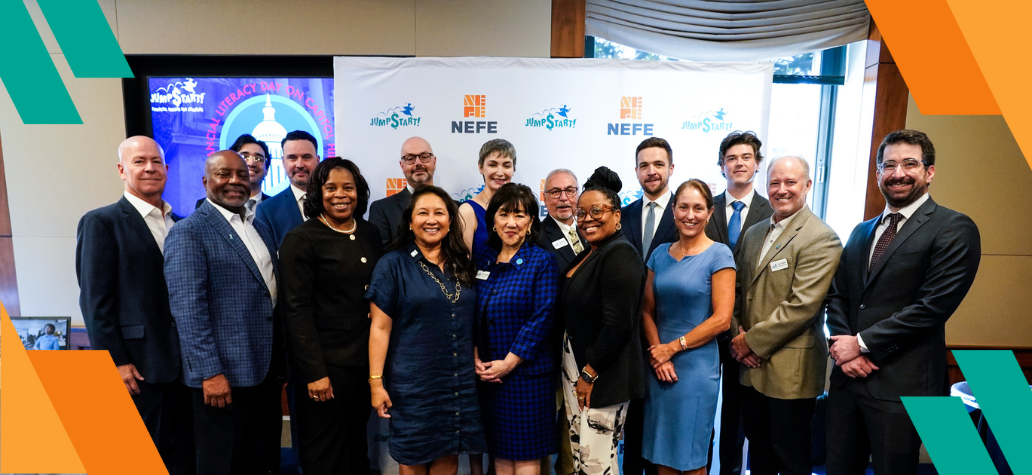August marks the back-to-school season with teachers across the country preparing their lesson plans while wrestling with the demands of new curricula and standards. This preparation is particularly critical for financial education instruction. Through legislative efforts, 26 states now require their high school students to take a personal finance course to graduate, with the vast majority of these states in the implementation phase. In 2019, there were just six states that had these requirements. California recently became the latest state to get on board, with Governor Gavin Newsom saying, “We need to help Californians prepare for their financial futures as early as possible. Saving for the future, making investments and spending wisely are lifelong skills that young adults need to learn before they start their careers, not after.”
The demand nationwide is evident. A 2022 public opinion poll from the National Endowment for Financial Education (NEFE) finds 88% of U.S. adults believe their state should require a semester- or year-long financial education course for graduation, and 80% say they wish they had the class requirement when they were in school. With this attention and momentum, it’s essential that states carefully and thoughtfully work through the effective implementation of these class requirements. Many school districts and education leaders are considering the best option. A concerning case of implementation challenges recently arose in Oregon, where the state board of education considered embedding financial education into another course versus a stand-alone offering. The vote to offer the stand-alone class in Oregon did pass, but not without initial resistance.
After passing their legislation in August 2023, Oregon moved to require students graduating high school beginning in the 2026-2027 school year to take one-half credit of personal finance instruction. Initially, there was a push from the department of education, school administrators and teacher unions to integrate financial education into existing courses like social studies or math instead of the stand-alone option due to concerns over funding for teacher training. This approach could negatively impact access in rural and socio-economically disadvantaged districts. After significant lobbying and debate, the stand-alone requirement narrowly passed by one vote, yet only after the voting member who initially favored the embedded option stressed the need for dedicated funding from the state before changing the vote. With many states in, and moving toward, the implementation phase of their requirements, we are likely to witness similar conflict.
Importance of Stand-Alone Financial Education Courses
A minimum of one semester of financial education content—whether as a one-semester stand-alone course or embedded in a year-long course if it includes at least a semester’s worth of time and material dedicated to financial education—is the only effective option. It’s imperative that education leaders in these 26 states—and hopefully the other states that will soon follow—respect the legislation’s intent to achieve the best possible outcomes for students. We’ve witnessed legislation in states that passed the graduation requirement specifying the recommendation for a stand-alone course while providing flexibility in implementation for districts. The financial education requirement can qualify for another credit, such as math, economics or an elective. Embedding the material into another course could lead to rushed instruction, but of more concern, it dilutes the standards and leads to inequitable dissemination of the material. This is a disservice to students who are not provided with the full value of the requirement.
Research has shown that when a personal finance course is optional, students in less affluent areas are less likely to receive the course. Female students are also less likely to opt into financial education when it is not required. A 2018 Montana State University study, which NEFE funded, finds that state-required high school financial education increases the likelihood that students apply for financial aid, raises the possibility of receiving aid that does not have to be repaid, decreases the number of private loans utilized and lessens the probability students carry credit card balances. Effective financial education significantly enhances an individual’s financial health, and a required stand-alone course is vital for maximizing these benefits.
States Must Support Teachers
To ensure financial education interventions are equitable and effective, they must follow five key factors, including:
- The use of quality and vetted curricula and programs
- Delivered by well-trained educators
- With timely instruction
- Containing relevant subject matter
- Providing evidence of impact through evaluation, which ultimately leads to improving methods.
States facing these implementation challenges should consult teachers to address their concerns and provide the necessary resources and support to be successful. Meaningful teacher training can overcome these feelings of uncertainty. Teachers with subject matter expertise are more confident and passionate about delivering this life skill to their students, and data show that stand-alone offerings bring more students of need into the equation. However, many considerations exist, such as who will subsidize the funding and how program providers will be vetted.
Acknowledging Momentum with an Eye on Thoughtful Implementation
While mandating personal finance instruction is commendable, insufficient implementation can be counterproductive. Thoughtfully designed, stand-alone financial education classes should be prioritized over makeshift solutions while being responsive to the needs of educators. I am proud to say that I have been a public school teacher and college professor in a school of education, so I understand the strains placed on instruction in public education. There has always been debate over what reasonably can be achieved given the number of hours in a school day. Financial education is important enough to merit some of that precious time, particularly when designed to complement a student’s overall education with input from real education experts: teachers. Listening to teachers and investing in their training is crucial for successful implementation.
Implementing high school financial education requirements effectively requires flexibility, time and patience. In the absence of a national strategy, individual states, school districts and teachers in the classrooms must assume responsibility for thoughtful integration. Our continued collaboration and diligence in meeting this demand will ensure equitable access and increase financial well-being for our nation’s youth so that it is improved and not obstructed.
Billy J. Hensley, Ph.D., is president and CEO of the National Endowment for Financial Education (NEFE), a nonprofit foundation that champions effective financial education. NEFE is the independent, centralizing voice providing leadership, research and collaboration to advance financial well-being.


